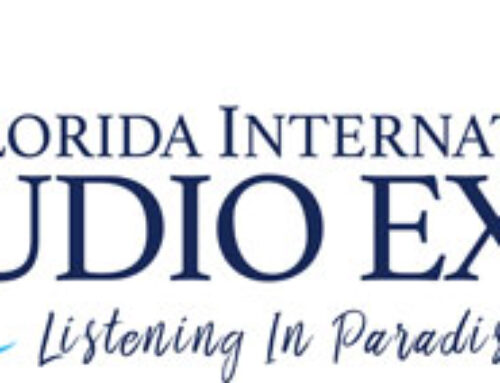 When, like most ll-year-olds, I started listening to music seriously, hi-fi wasn’t part of the vocabulary. By my late teens, however, I’d become aware of a world beyond the transistor radio, tape-recorder and record- player. I converted the (mono) Dansette to stereo operation, and found myself starting down the rocky road towards hi-fi nirvana.
When, like most ll-year-olds, I started listening to music seriously, hi-fi wasn’t part of the vocabulary. By my late teens, however, I’d become aware of a world beyond the transistor radio, tape-recorder and record- player. I converted the (mono) Dansette to stereo operation, and found myself starting down the rocky road towards hi-fi nirvana.
My ambition wasn’t too great at first, but some lucky second- hand purchases helped me assemble a pretty decent system over the next couple of years, and it wasn’t long before the hi-fi bug had dug in its claws. The desire to blend business with pleasure was one of my principal reasons for joining the hi-fi industry in the mid ’70s.
It wasn’t long before I started dreaming of a truly great system, and the prospect of assembling it became all the more feasible when I moved from making speakers with Spendor, to working for one of the hi-fi magazines. Contacts were made, and there seemed a real chance of my dream becoming reality. Not just a great system, but The Best.
Some 20 years down the road, hi-fi has given me enormous pleasure and satisfaction. But two decades of accumulated experience has made it necessary to revise the ambition. Quite simply, there is no ‘The Best’. It may be The Best for me- I’m not looking at changing anything right now- but it isn’t perfect, and does involve compromises.
Back in the ’70s I used Radford valve amps, but changed to Naim transistor electronics. I can still recall the trade-off involved, between the delicious midrange transparency of the valves, and the full-bandwidth slam of the solid-state devices. I took the transistor route back then, and have stuck with it ever since, but I do get the chance to try valve gear from time to time. (Briefly, I even grappled with the legendary Ongaku from Audio Note.)
Such experiences only serve to remind of a hi-fi dimension I normally do without, and never more obviously than during the few weeks I spent recently with a Border Patrol SE 300B power amp. The plan was to try for a completely feedback- free chain, but it’s is taking a bit longer to organise than I expected. The single- ended triode power amp is only the third link in my electronics chain, yet swapping to it from my regular NAP I35 power amps still had much greater impact than I’d imagined.
Quantitatively it was much greater, but qualitatively it was similar to my earlier experiences. This, I presume, has to do with the steadily improving resolving power of my system. Inserting the Border Patrol brought forth a gush of enthusiasm for rich mid-band lucidity, which is the valve amp’s stock in trade, and reaches its peak with a high-class single-ended design. Because it sounds so effortlessly natural and beautiful, basking seems more appropriate than nit picking; to take a critical stance seems churlish.
After days of tubular basking, I went back to my transistors. I missed the mid-band clarity; instead there was a congested quality, as though the system had picked up sinusitis. But there was a return to the full, wide-bandwidth sound I’d been missing, especially in deeper and much more authoritative bass. However, to say that one was ‘better’ than the other would be to miss the point entirely. It would be like saying oranges are ‘better’ than apples, coffee ‘better’ than tea, or The Prodigy ‘better’ than The Chemical Brothers. Any attempt to make the comparison is simply invalid.
A question of taste
Some suggest that a preference for valve or transistor amplification is likely to be related to one’s musical preferences. There may be something in this, but I’m not convinced. The musical genres of The Prodigy and The CBs are not that far apart, yet there was no denying that Breathe (from The Prodigy’s Fat of The Land album) was a more involving experience with the Border Patrol in command, yet I had to return to the Naims to get the full tension and scale of it Doesn’t Matter (from The CBs’ Dig four Own Hole). Twist my arm and I’ll admit that Breathe has a slightly more ‘acoustic’ quality to its instrumentation, but not one to warrant generalisations. In the final analysis it comes down to personal taste and preference.
Given the ghastly recording quality of many modem pop recordings, I sometimes find myself wondering whether ‘listenability’ might not be a more valid hi-fi criterion than sheer information-retrieval -at-all- costs. However, the fact that the best recordings carry on getting better as the system resolution increases would seem a good enough reason to carry on pursuing The Best- even though the concept is entirely mythical.




Leave A Comment